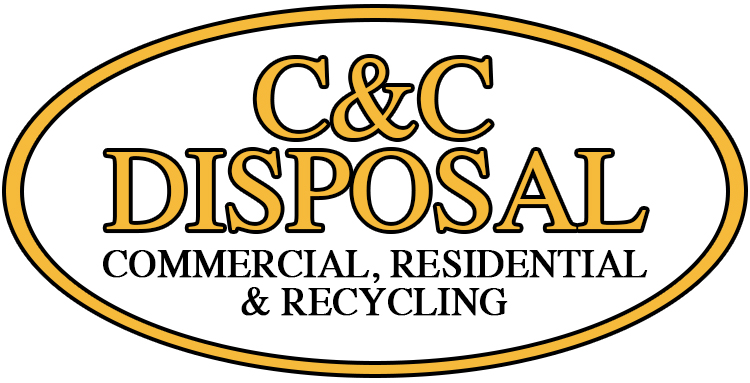
Electronic products leak chemicals that contaminate the soil, pollute the air, and contaminate water when thrown into a landfill. And, due to the decreased lifecycle of today’s technology, unwanted electronics are piling up more than ever before. Therefore, it’s important to dispose of these old items correctly. Here’s what you need to know about proper e-waste disposal.
Reuse
First, try to avoid disposing of e-waste in the first place. While recycling is helpful, reusing is less wasteful. Reduce e-waste pollution by donating your old electronics. There is bound to be another person or charitable organization that can use them.
Find a Certified Recycler
E-stewards are the most trustworthy resource for responsibly recycling electronics. Due to their rigorous standards, you can trust a certified e-Steward to dispose of your electronics without causing unnecessary pollution.
Local E-Recycling Events
Some local governments and schools offer additional responsible recycling options. Many municipalities hold e-cycling events for citizens to drop off unwanted electronics. Since these events are usually only twice a year, check your local municipality’s website for details.
Retailers
While this isn’t a hard and fast rule, there are a number of electronics stores that offer in-store recycling services. Call or check their website first to confirm.
What Can Be Recycled
Because not every electronic item can be recycled, try to find out what the company you’ve chosen will accept. Here are a few of the most commonly recycled e-waste items:
- Cell phones
- TVs
- DVD players
- Power cords
- Microwave ovens
- GPS devices
- Speakers and stereo equipment
- Paper shredders
- Printers
- Batteries (at certain sites)
- Memory cards
- Cameras
- Desktop computers
- Laptops
- Tablets

Recent Comments